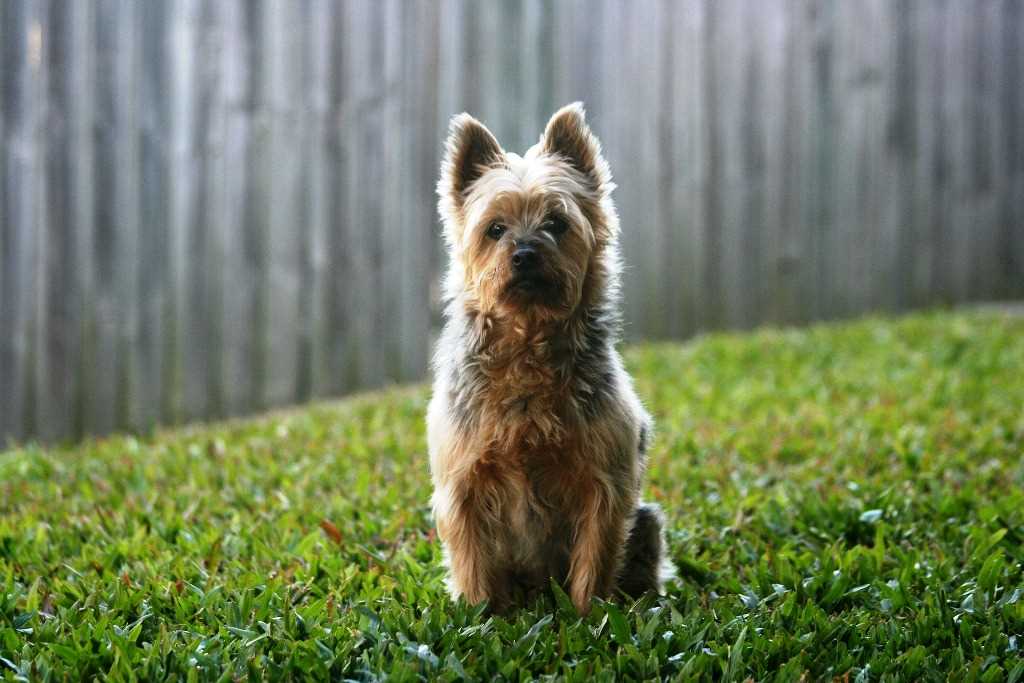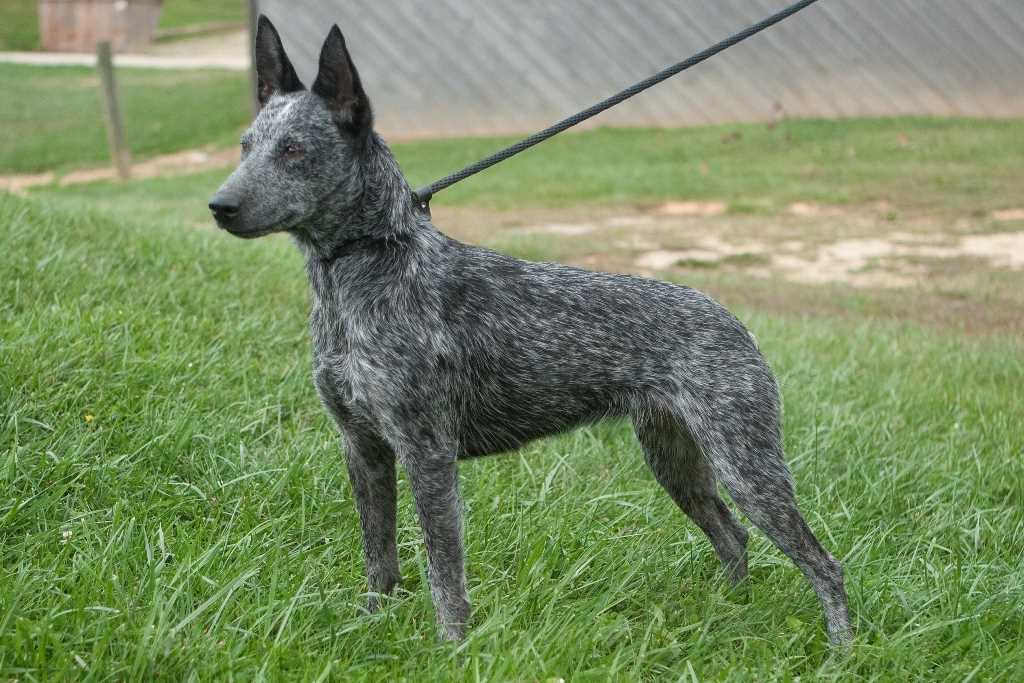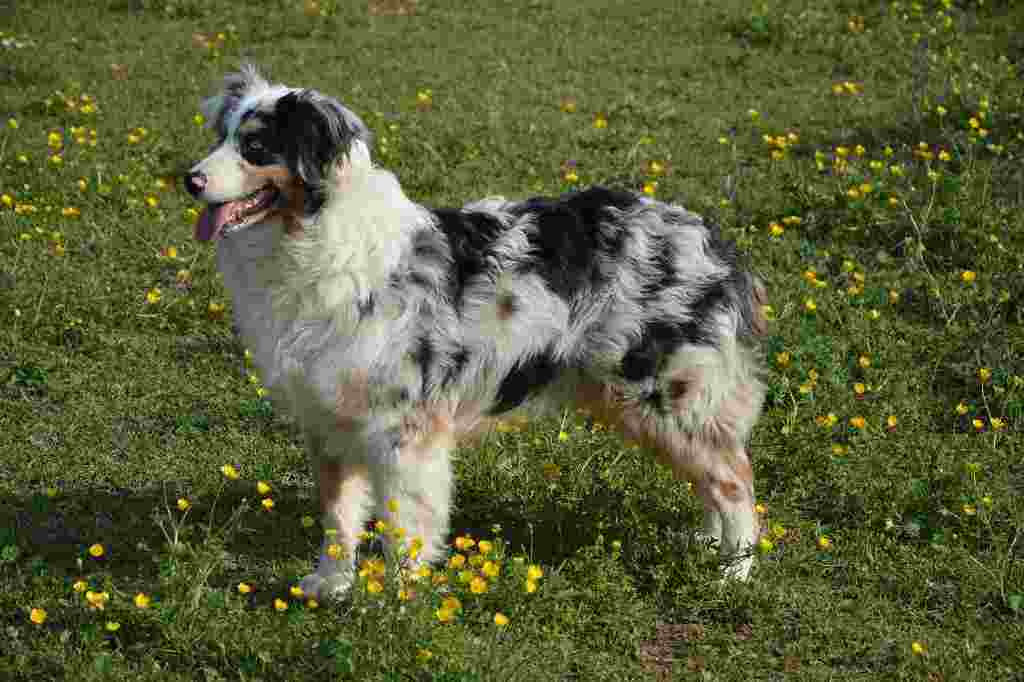The origins of the Australian silky terrier dog breed are clearly Australian. It originated from crosses with the Yorkshire terrier and Australian terrier, and according to some, the first Silky were accidentally born Australian terriers with silky coats. Others believe that there was a genuine attempt to create a new breed. Its ancestors include the skye, norwich, cairn and manchester.
While most dogs in Australia were selected to be working animals, the silky terriers were selected as companion dogs.
Initially the breed was known as the Sydney silky because it was bred mainly in the city of Sydney, but during and after World War II, American soldiers who had been stationed in Australia brought silky terriers to the United States and this started a very important American breeding. Unfortunately apart from America and Australia this dog is little known in the rest of the world.
Until 1929 the Australian terrier, the Australian silky terrier and the Yorkshire terrier were not well distinguished; only in 1958 the breed was officially recognised as a silky terrier. The main characteristic that distinguishes it from the other two breeds is the very long and silky coat.
Character of the Australian Silky Terrier dog breed
The Australian Silky Terrier is a very intelligent, courageous, alert and playful dog. It loves the company of its family, but is very attached and dependent on its owner. It is a typical flat and companion dog, but it is tireless and needs daily exercise. Due to its docile temperament, it is suitable for children and is an excellent companion for adventures, both indoors and out.
In the flat, thanks to its small size, it doesn’t get into trouble; it has a very polite character, is very clean, doesn’t shed hair and doesn’t dirty in the house. It has the liveliness, friendliness and affection of the best terriers.
Despite its size, the Silky Terrier is also used as a guard dog, being a great barker. With strangers it is quite friendly, although it takes a while to gain confidence; friendly with dogs and even cats, but being a great mouse hunter it gets along less well with guinea pigs, hamsters and rabbits.
Training a Silky Terrier is very easy, as it is a very intelligent dog with an inquisitive nature, very keen to learn. However, it needs a firm and authoritative education, because like all terriers it is a bit stubborn.
Appearance of the Australian Silky Terrier dog breed
The Australian Silky Terrier is a small dog, measuring about 23 centimetres at the withers and weighing between 3.5 and 4.5 kilograms, the female a little less. It is a compact, short, medium-length dog with a robust and elegant structure. The legs are short, fine-boned but strong, with the hind legs capable of jumping. The tail is short, high and carried straight. Unfortunately it is often amputated in countries where this is allowed. Silky’s movement is very harmonious, free and sure.
The skull is flat and not full between the eyes, with a tuft of fine silky hairs which do not fall over the forehead or eyes. The truffle is black, the eyes are small, round and not prominent, very dark in colour and with a lively and intelligent expression. The ears are small, V-shaped, with a thin pinna, high up on the skull and straight, completely devoid of long hairs. The head is also covered with thick, soft and silky fur, which, however, leaves the eyes free.
The coat is what distinguishes the Silky from other small terriers; it is flat, fine, glossy and silky, and is very beautiful. The coat can reach a length of 13-15 centimetres in the area from behind the ears to the tail hairline, while the front and back limbs are not covered with long hair. The coat consists of a single long and silky layer. The coat colours range from blue to greyish blue. The blue tones become more evident around 17-18 months, sometimes small reddish patches can also be found. The puppies are often black.
Health and care of the Australian Silky Terrier dog breed
The Australian Silky Terrier is a very robust dog that almost never falls ill, but as a companion dog it is best kept indoors. Not particularly serious disorders can be Legg-Calvé-Perthes disease, intervertebral disc disease, elbow dysplasia, dislocation of the patella, but also diabetes, epilepsy and tracheal collapse. It has a life expectancy of 12 to 15 years.
Its coat must remain silky and must therefore be brushed regularly. In specimens living in the countryside, even once a day. It is much easier to handle than the Yorkshire, just avoid the accumulation of excess dead hair and the tangles that can form due to its length. The loss of hair is contained.
As far as feeding is concerned, there are no particular precautions to be taken; well balanced meals and constant exercise are enough to avoid overweight problems.


